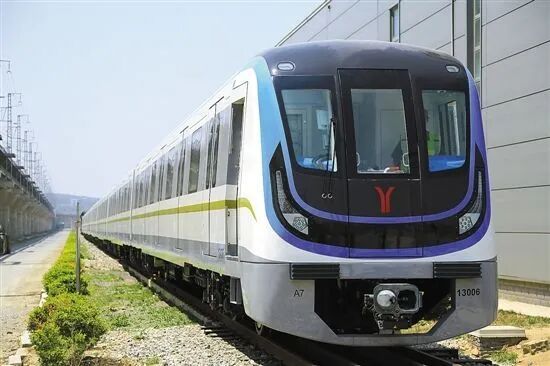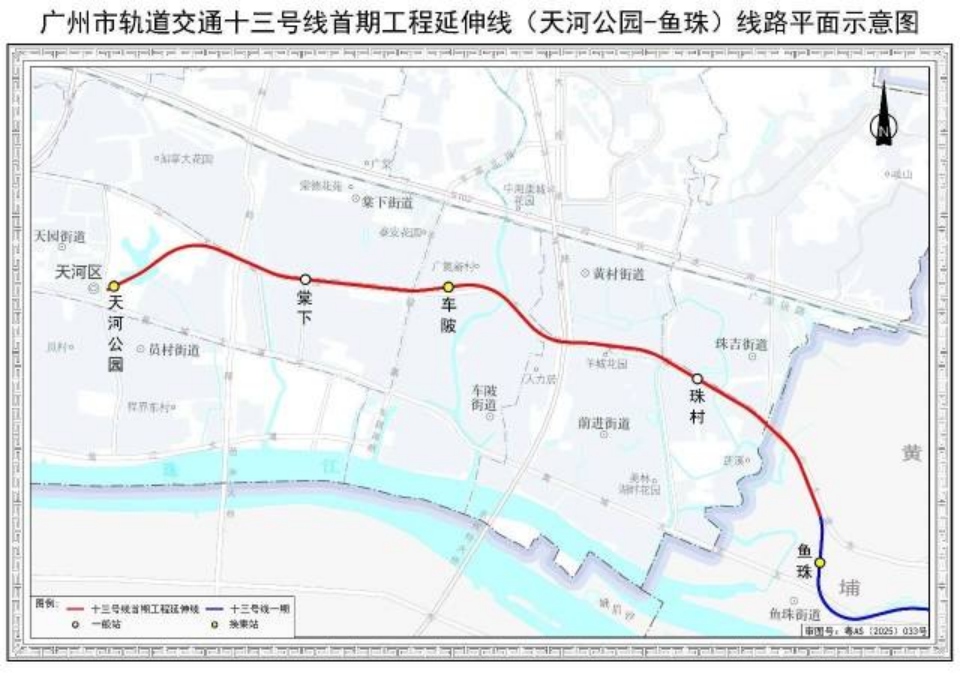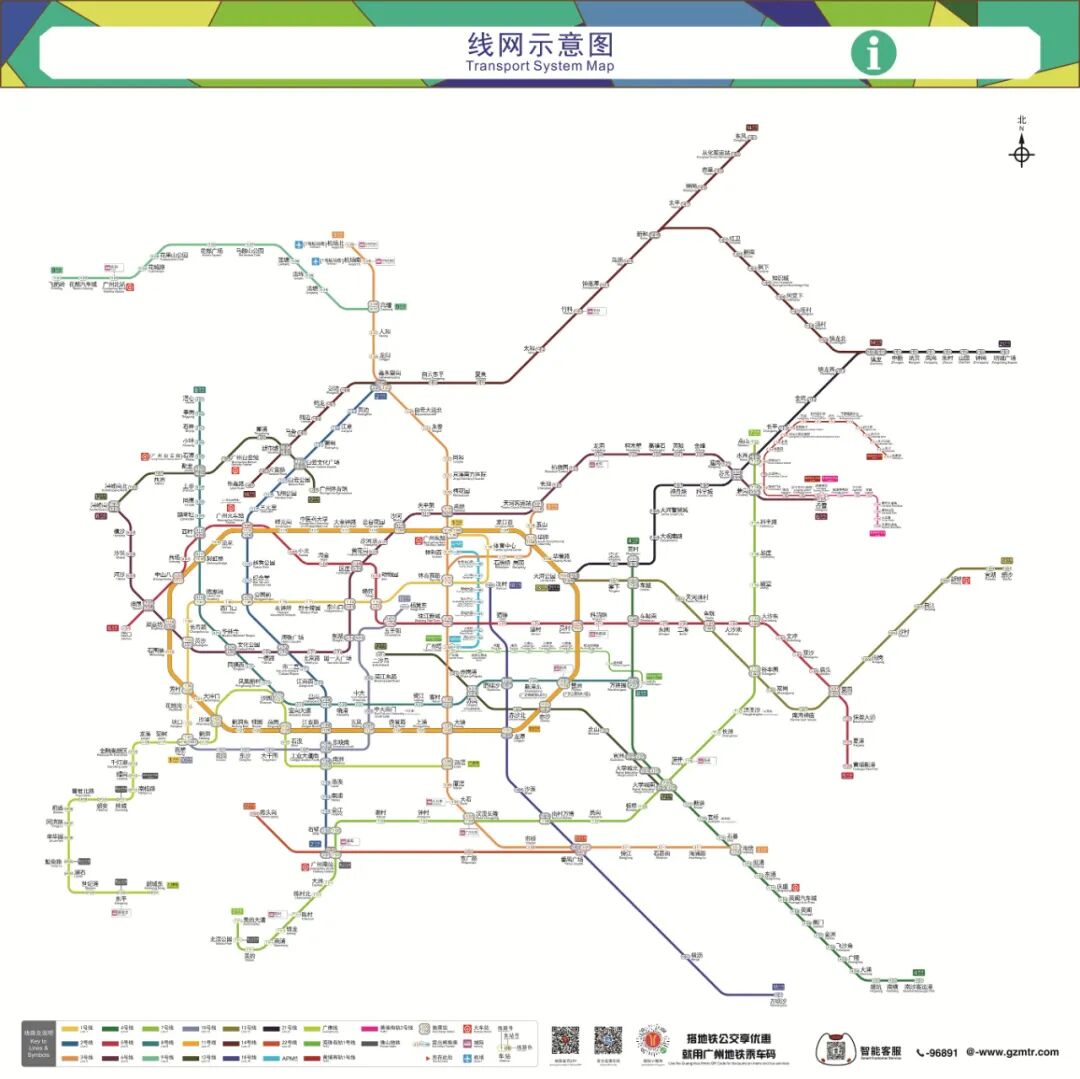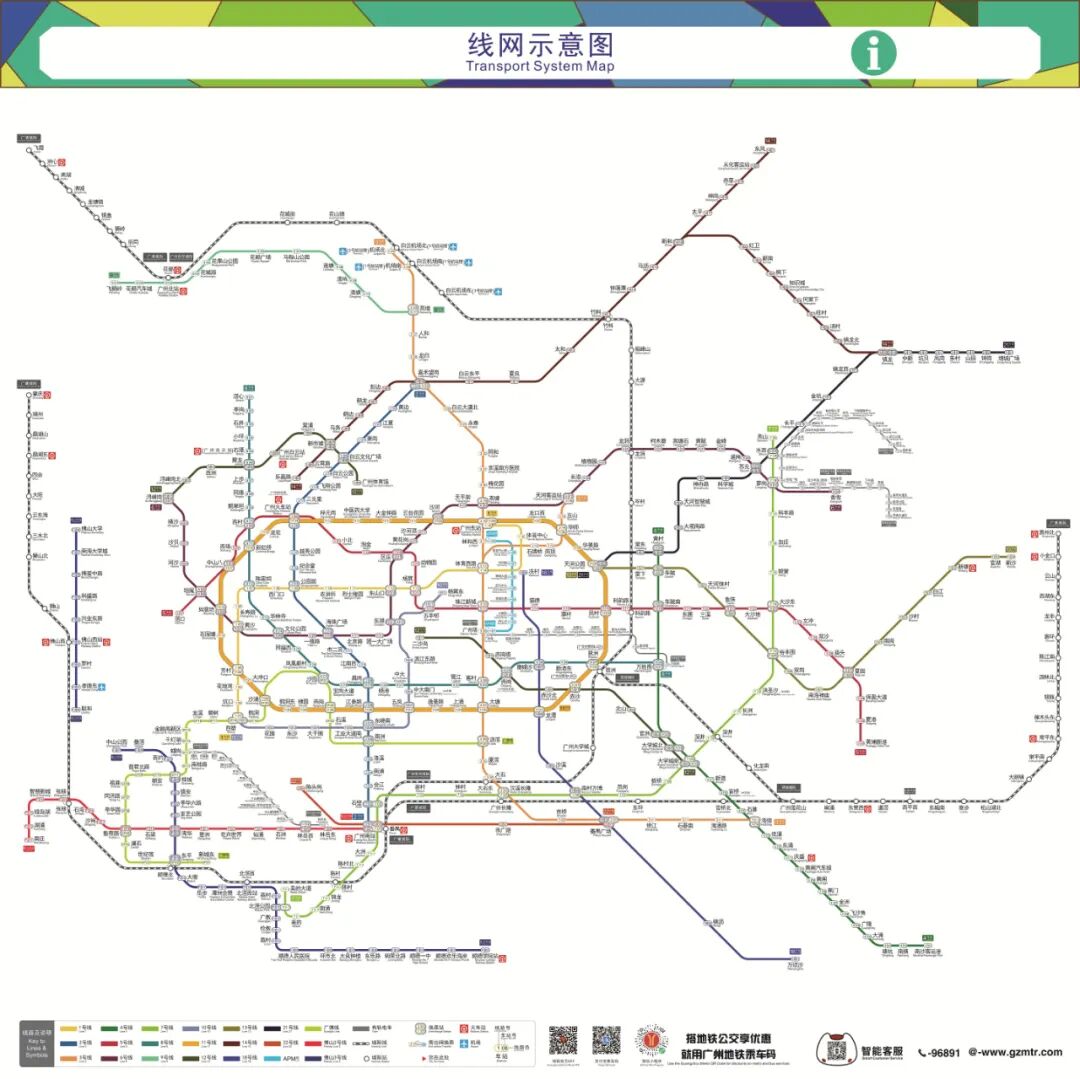On September 17, the Guangzhou Municipal Transportation Bureau revealed that multiple transportation projects in Guangzhou will soon be operational.

(Photo: Nanfang Plus)
Specifically, Phase II of Metro Line 13 (Yuzhu 鱼珠 to Tianhe Park 天河公园) and Phase II of Metro Line 14 (Lejia Road 乐嘉路 to Jiahewanggang 嘉禾望岗) are scheduled to begin operations before the National Day holiday. Upon completion, Guangzhou's urban rail transit network will reach nearly 800 kilometers in total operational length.
The station names for the two new metro lines were officially announced on September 15 on the Guangzhou Civil Affairs Bureau's website.

The final confirmed name for "Zhucun Station" is "Tianhe Zhucun Station".(Photo: Nanfang Plus)
For Metro Line 13's extension (Tianhe Park 天河公园–Yuzhu 鱼珠), the four stations are named Tianhe Park Station (天河公园站), Tangxia Station (棠下站), Chebei Station (车陂站), and Tianhe Zhucun Station (天河珠村站). Among these, Tianhe Park Station and Chebei Station will provide transfer connections to existing metro lines. Notably, "Zhucun Station" has been officially renamed "Tianhe Zhucun Station".
For Metro Line 14 Phase II (Guangzhou Railway Station 广州火车站–Jiahewanggang 嘉禾望岗), the eight stations are named Guangzhou Railway Station (广州火车站), Lejia Road Station (乐嘉路站), Yunxiao Road Station (云霄路站), Xinshixu Station (新市墟站), Mawu Station (马务 站), Hebian Station (鹤边站), Helong Station (鹤龙站), and Pengbian Station (彭边站). Key transfer hubs include Guangzhou Railway Station (广州火车站) and Xinshixu Station (新市墟站), both of which connect to existing metro lines.
This development marks a significant expansion of Guangzhou's metro network, enhancing connectivity and convenience for residents and visitors ahead of the National Day holiday and the upcoming
National Games.
Guangzhou Metro unveils updated network map with five new lines added
Guangzhou Metro unveiled its updated network map on September 17, with pilot deployments at Yuzhu Station (鱼珠站) and Jiahewanggang Station (嘉禾望岗站) marking the official start of a citywide replacement of station and train network maps.
The new map comes in two versions: the Metro Edition and the Interconnected Edition, each incorporating updates to both metro lines and intercity railway information.
The Metro Edition now includes new metro routes such as Line 13 Phase II (Yuzhu to Tianhe Park 鱼珠至天河公园) and Line 14 Phase II (Lejia Road to Jiahewanggang 乐嘉路至嘉禾望岗), along with enhanced transfer signs at stations connecting to the Guangzhou East Ring Intercity Railway (Panyu-Baiyun Airport North 番禺-白云机场北) and the Pazhou Branch Line of the Guangzhou-Dongguan-Shenzhen Intercity Railway.

(Photo: Guangzhou Metro)
The Interconnected Edition builds on these additions by integrating three intercity railway lines—Guangzhou East Ring Intercity, the Pazhou Branch Line of the Guangzhou-Dongguan-Shenzhen Intercity Railway, and the Guangzhou-Huizhou Intercity Railway (Xiaojinkou-Huizhou North 小金口-惠州北), with transfer signs added to eight intercity stations near national railways or metro stations.

(Photo: Guangzhou Metro)
Travelers can now enjoy seamless connections; for instance, direct transfers without second security checks at Huizhou North Station (惠州北站) to high-speed rail, and in-station transfers to Metro Lines 14, 11, 7, and 3 at stations like Zhuliao (竹料), Pazhou (琶洲), Shenjing (深井), and Dashidong (大石东). Out-of-station transfers to Lines 3, 6, and 5 are available at Baiyun Airport South (白云机场南), Longdong (龙洞), and Keyunlu (科韵路) stations.

(Photo: Guangzhou Metro)
The new intercity lines will introduce a spot punch map, guiding residents in planning cultural tours along the routes. Guangzhou Metro is rolling out the map updates across stations in phases, with digital platforms, including the official WeChat account, mini program, and app, also scheduled for synchronized updates ahead of the new lines' launch.
Additionally, the metro's self-operated convenience store chain is set to open its first eight branches at stations like Baiyun Dongping (白云东平), Chebei (车陂), Pazhou (琶洲), Dongshankou (东山口), Shahe (沙河), Datang (大塘), Kecun (客村), and Dashi (大石).
Source:South





 京公网安备
京公网安备